The global pandemic has caused a significant reset in work trends. HR leaders have been forced to rethink their talent development strategies to better align with the expected ‘future of work.’ Companies are now settling into a post-pandemic view of learning experience strategies. Technology adoption has taken center stage as HR leaders adopt the imperative to change. EdTech solutions prove integral to talent agility and navigating the changing work environment.
So, what’s next? Here’s a look at the top 6 trends in the learning technology space in 2022.
The Top 6 Learning Trends to Look Out For
Personalized Learning
In the post-pandemic world, less focus will be placed on roles. A higher priority will be assigned to the skills needed to drive effective workflows and realize competitive advantages.
The transition to meaningful learning moves us away from conventional training methods. Personalized learning journeys aligned to organizational and personal objectives encourage employees to develop critical skills. AI presents insights into learner behavior and performance metrics, guiding future talent development strategies.
All this, in turn, will help organizations transition from a top-down approach to a more employee-centric approach to learning and development.

Artificial Intelligence
AI has already helped to revolutionize various industries. Its impact can also be seen across all functions within an organization, including the Learning & Development ecosystem. The value of personalized user experiences is now being realized by educators and companies worldwide. According to a study by eLearning Industry, more than 47% of learning management tools will be enabled with AI capabilities within the next three years.
AI-based systems provide the best learner experience by automating and streamlining content management to create personalized learning journeys. AI helps guide the selection of relevant content, identifies skills and learning gaps, and provides accurate recommendations aligned to the needs and preferences of individual users.
Collaborative Learning
Earlier in the article, we discussed the shift in learning from the traditional instructional methodology to more immersive and interactive methods. Collaborative learning has become a meaningful way to share tacit knowledge and redefines conventional learning structures. Although virtual training began before the pandemic, it’s now a norm for most L&D organizations. Instructors and learners work together to achieve shared learning goals, often virtually.
Collaborative learning is people-centric. It’s an educational approach that uses groups to support learning. The learning process is interactive and encourages critical thinking and decision making, two vital skills.
An example of collaborative learning outside the classroom could involve Internal subject-matter experts authoring course content to ensure timeliness and relevance. Employees are engaged and intellectual knowledge is readily shared, often using advanced Talent Experience Platforms.

Immersive Learning – Augmented Reality
Educators often struggle with a learner’s retention power when teaching complex and layered concepts. A trainer can use an immersive, visual format to convey information and share knowledge with AR. Especially in the case of complex and technical topics, it is more effective to use 3D imaging and augmentation rather than traditional teaching mediums. Each element that the learner sees is superimposed on real-life objects, so they clearly understand the relationship.
AR has proven to be an excellent tool for providing just-in-time mobile job aids to reinforce concepts and improve learner retention.
Using AR-based testing and assessments, learners perform real-life tasks in a simulated environment where their actions are recorded to replay and identify missed steps and mistakes. Employees can practice concepts without risk to machinery, tools, or themselves.
Immersive Learning – Virtual Reality
Another EdTech trend to look forward to is the use of Virtual Reality. While AR and VR are often used interchangeably, they are distinctly different. While augmented reality overlays computer-generated objects in the natural environment, VR creates an entirely new, virtual world that acts as a learning medium. It helps simulate real-life scenarios that learners can assess and learn from.
Although not yet widely used as a conventional learning mode, VR can become a viable immersive learning option due to its high implementation cost.
LXP
Learning Experience Platforms (LXPs) are viewed as a leading-edge alternative to Learning Management Systems (LMS) in large global corporations. They help both learners and administrators with the resources needed to drive effective L&D initiatives. While the global Learning Management System market size stands at USD 10.84bn, the staggering growth of LXPs with a CAGR of 25.3% speaks volumes about the potential for expansion moving forward.
Today, LXPs offer greater functionality due to AI and machine learning technologies. Using an LXP, learners can create or curate content from various internal and external sources to create personalized learning journeys. The LMS, on the other hand, was designed to manage prescribed internal content. However, these platforms are widely used in tandem. The LXP extends and enhances the capabilities of the LMS by capturing all learning, whether internal or external, supporting how people learn today. By democratizing the learner’s experience, LXPs put learners at the center of their skill development. Employees are engaged and can actively create a personalized professional development plan based on their goals and organizational objectives.
Is L&D Transformation a top priority for you this year? Click here to book a free meeting with experts at EdCast. Follow us on LinkedIn for the latest updates in the Talent Experience space.



